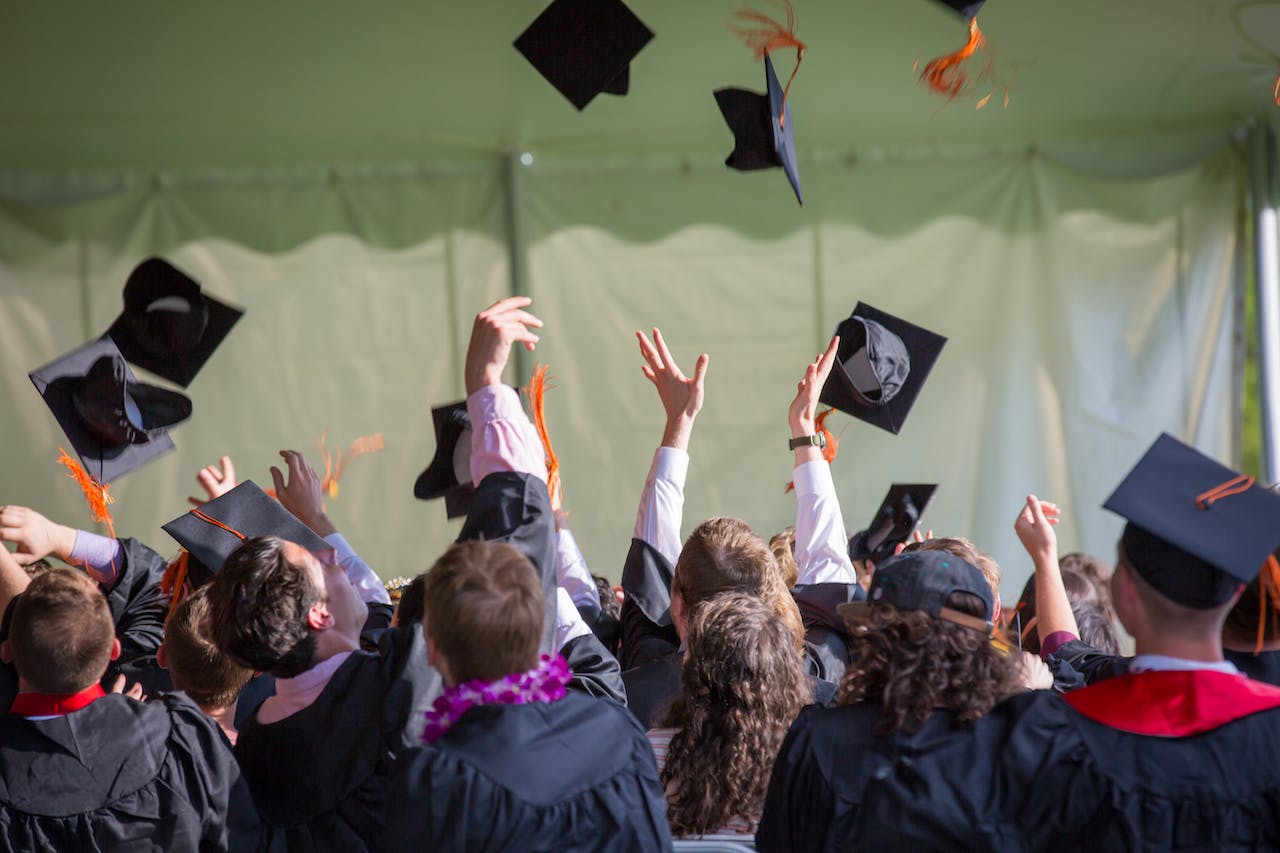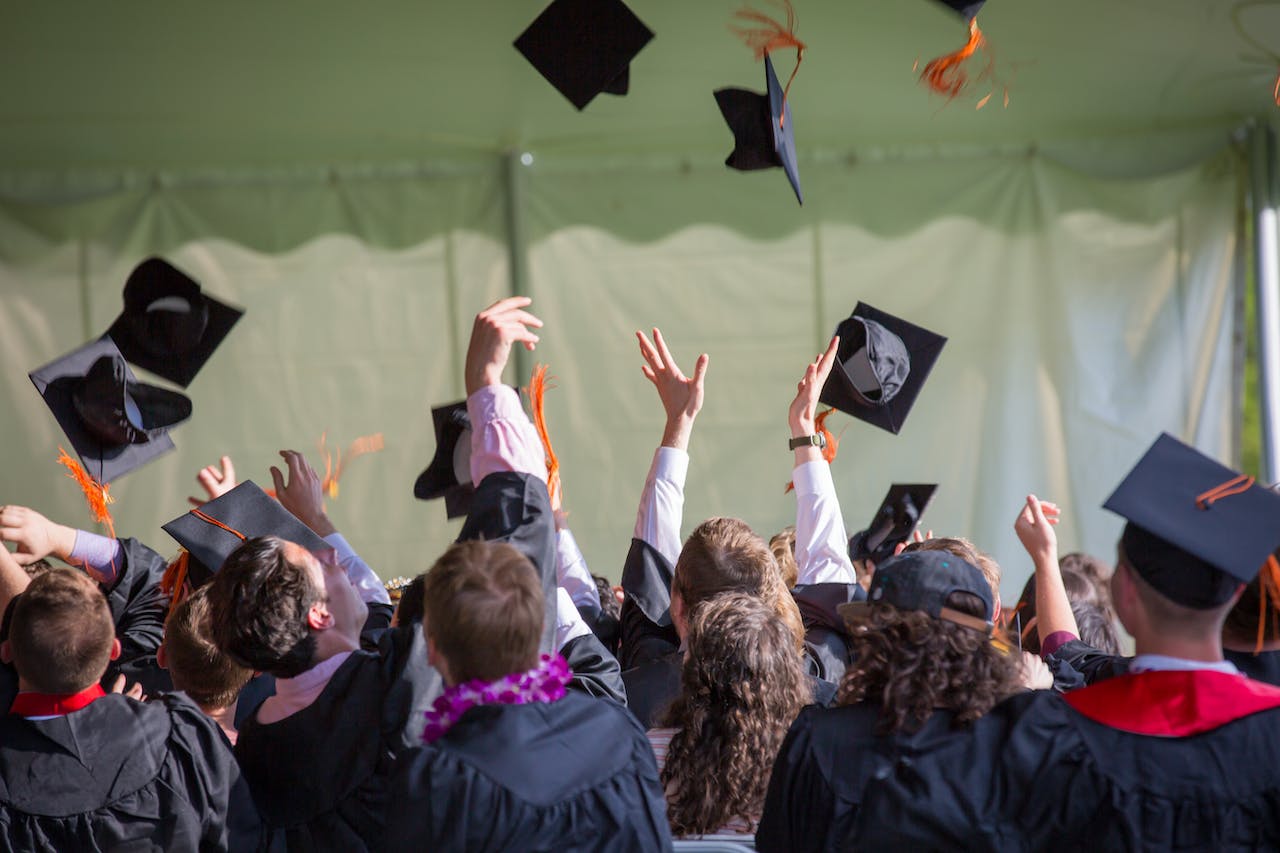
From Academia to Innovation: Tracing the Evolution of Higher Education in US
- Last Updated - 04/14/2024 - 11:54 AM
- Study in USA

In the earliest days of American history, the tale about higher learning reveals perseverance as well as transformation, adaption, and change. Beginning with humble colonial schools to the vast universities and modern research institutes that we have today, the history that higher learning has taken in the United States is a testament to the unending search for knowledge and the constantly evolving environment of academia. Join us on a journey through history by exploring the vast tapestry of significant events, movements, and events that have shaped the development of higher education in US.

Colonial Foundations A History of the Birth of American Academia
The earliest beginnings of higher learning within the United States can be traced back to the colonial period in which the first institutions of higher learning were created to educate clergymen and the upper class. Harvard University, established in 1636, has its place as the first university across the United States, followed closely by William & Mary and Yale. These colonial institutions established the foundations for the American educational system that emphasized classical studies, religious education, and the study of intellectual and moral virtue.
“The Rise of the Public University Access and Opportunity
The 19th century saw the rapid growth of educational opportunities in the United States, driven by the creation of universities that were granted land by the government and the increasing accessibility to higher education. It was the Morrill Act of 1862, which was signed into law by President Abraham Lincoln, and provided federal grants for the establishment of colleges that focused on engineering, agriculture, and mechanical sciences. This historic law paved an avenue for the development of universities such as The University of California, Michigan State University, and the University of Wisconsin, which focused on providing practical instruction to the general public and fostering economic growth.
It was the Golden Age of American Higher Education: Postwar Prosperity and Expansion
The mid-20th century saw an era of unimaginable expansion as well as prosperity in American universities, driven by the GI Bill and the expansion of federal funds to research and educational institutions. It was the GI Bill, enacted in 1944, gave millions of veterans who had returned the opportunity to pursue higher education, resulting in the growth of college enrollment and the birth of an entirely new generation of educated professionals. Additionally, federal funding for research and development in the sciences fueled technological innovation and innovation and pushed American institutions to be at the forefront of research and research.
Controversies and Challenges: Quest for Equity and Inclusion
Despite its accomplishments, American higher education has been confronted by ongoing challenges to access, equity, and diversity. It was the Civil Rights Movement of the 1960s and 1970s that drew new attention to issues of racial inequality and discrimination in higher education, which led to mass protests and calls for change. The landmark legislation like that of the Civil Rights Act of 1964 and the Higher Education Act of 1965 focused on addressing the obstacles to access that are systemic as well as promoting inclusion and diversity on campuses of colleges. However, there are still gaps that underscore the need for unified efforts to reduce structural inequalities and improve opportunities for marginalized groups.
Innovation and Adapting: Navigating the Digital Age
As we approach the new century of the 21st Century, American universities face new opportunities and challenges in the age of digital. The advent of online learning, digital technology, and distance learning has revolutionized the education landscape with unparalleled flexibility and accessibility to students from all over the world. Universities are adopting innovative teaching methods using data analytics and experimenting with new technologies like VR and Artificial Intelligence to enhance education and improve learning. However, as technology transforms the education experience, there are questions about its impact on teaching methods as well as student engagement along with the direction of conventional college-based education.
Conclusion An Enduring Legacy of Learning and Innovation
When we think about the past of the institution in higher education within the United States, we are struck by its long-standing tradition of innovation, learning, and social advancement. From its early colonial roots to the present-day version, American higher education has changed to meet evolving societal demands technology advancements, and changing demographics. When we think of the future, let us remember the rich heritage of education at the higher levels across the United States and rededicate ourselves to the search for knowledge, excellence as well as social justice for the generations that are to come.
You might like these..
Randomly chosen articles that you might like.

Cultivating Change: The Vital Role of Universities in Promoting Sustainability and Environmental Consciousness
Universities play an integral role in shaping the beliefs behavior, values, and behaviors of the next generation. In an age of

Best Data Science Course Online in India 2024
Introduction: Data is now the currency of innovation and progress in the age of digitization. A record of every transaction, click,

The Pinnacle of Education: Why USA Universities Stand Out Globally!
In the vast landscape of higher education, USA universities emerge as beacons of excellence, attracting students from every corner of

Choosing the Best University in USA: A Guide to Select the Top USA Universities.
Choosing the best University in USA is a crucial choice that will have a big impact on your educational journey

How to Apply to Any University in USA, Super easy, very simple, and effective.
You can successfully navigate the application process to University in USA with a little planning and attention. Here is a guide

Anyone from India can apply to USA Universities. Yah! It’s easy.
Yes, individuals from India can certainly apply to USA Universities. The application process for U.S. universities can be competitive and

USA Universities are great in terms of Sports as well as education. Yes, You heard it right!
The perception that USA Universities are great in terms of education and sports is shaped by several factors. Here are

Best Universities in USA, You can apply. Yes, it’s correct.
Determining the Best Universities in USA can depend on various factors such as academic programs, faculty expertise, resources, location, and

USA Universities are not good, Is this correct? discuss.
USA Universities are home to many prestigious universities and research institutions that are globally recognized for their academic excellence and

How to apply at Top Universities 2023, follow these steps.
Applying to Top Universities 2023 in USA typically involves several steps. Here’s a general guide to help you through the

You should not do this If you get a chance to USA university. Try them now!
Starting university in a new country, especially the United States, can be an exciting but challenging experience. Here are some

Most Common Mistakes while searching for a new University in the USA, Stay Safe.
While searching for University in the USA, students may make common mistakes that can impact their decision-making process and overall

Why does everyone blindly trust Universities in USA?
While it may not be accurate to say that everyone blindly trusts Universities in USA, there are several reasons why

USA Universities are not good! Says the expert, is that correct?
Certainly! Here’s a more detailed exploration, broken down into Reality of USA Universities, to provide a comprehensive understanding of the

Why and how USA universities become so Popular? Something wrong here.
The popularity of USA Universities can be explained in simple terms through a variety of factors. Let’s break it down:

New Academic Updated! USA Universities are not evolving?
USA Universities are constantly innovating and developing new academic programs to meet the evolving needs of students and the demands




